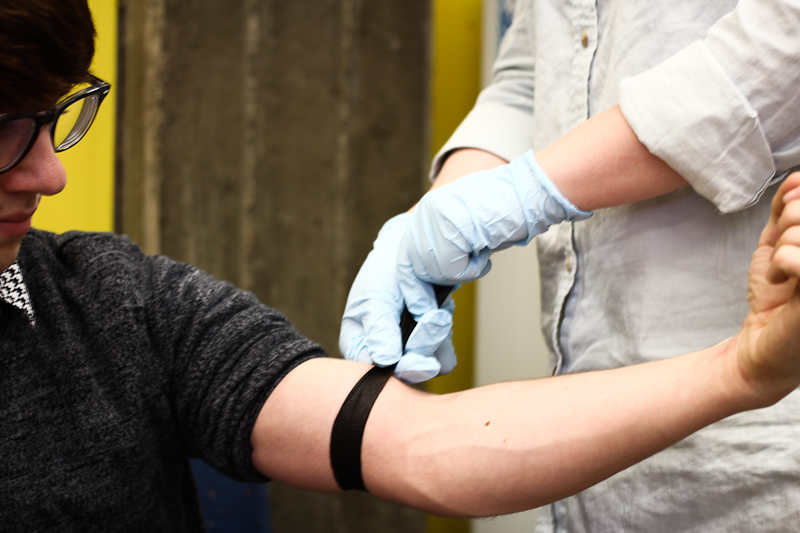Researchers at the University of British Columbia (UBC) have developed an enzyme with the potential to convert different human blood types into a universal model that can be transfused into any patient.
Out of the four major blood types, only the O type can be used for universal transfusions, as it has neither A or B type antigens, which produce immune reactions when transfusing different types.
While the new method of conversion does not produce type O blood, it removes antigens using specific enzymes, known as glycosidases, making it universal.
According to David Kwan, one of the three UBC scientists involved in the project, once the method is fully developed, it can end problems arising from blood shortages.
It may also prevent complications when the blood type of a patient is unknown and can possibly be used to ensure safer organ transplants, Kwan said.
According to the Canadian Blood Services (CBS), this discovery is a big step in overcoming the need for large amounts of expensive enzymes, which has been the chief obstacle in the process of transforming blood types in hospitals so they can be administered to any patient.
The project is a joint effort by Kwan and two other UBC scientists working out of the university’s Centre for Blood Research, Steve Withers and Jayachandran Kizhakkedathu.
The idea of creating a universal blood type has been around since the 1980s, according to Withers.
However, the number of enzymes required to complete the process has always been impractical.
Over the last five years, the researchers focused on increasing the activity of the enzymes and their ability to remove antigens from other blood types.
“We’ve demonstrated a way to improve these enzymes through several generations of modification,” Kwan explained. “To our knowledge, we are the only ones who have used this method for improving blood antigen cleaving enzymes. With this technique, we should be able to produce enzymes that can effectively remove blood group antigens on a practical, clinical scale.”
While the discovery is an important breakthrough, Withers said additional problems remain to be worked out, such as improving the entire removal of antigens, as a body’s immune system is highly sensitive to antigens and even residual amounts can trigger a reaction.
“What we have done so far is shown that it is feasible to make these enzymes more efficient,” Withers said. “We now need to broaden their abilities a little more so that they can handle all A-types, as there is more than one.”
According to Withers and the CBS, blood used for the study comes from the CBS research and development facilities, which receive blood donations from the public.
The new technique will not be implemented in everyday medicine any time soon, according to Withers. In addition to further work on the project, the research must go through clinical testing to ensure it’s safe. Withers estimates the completion of both processes will take at least 10 years.
The project is partly funded via grants from the Canadian Institute of Health Research and the CBS.






